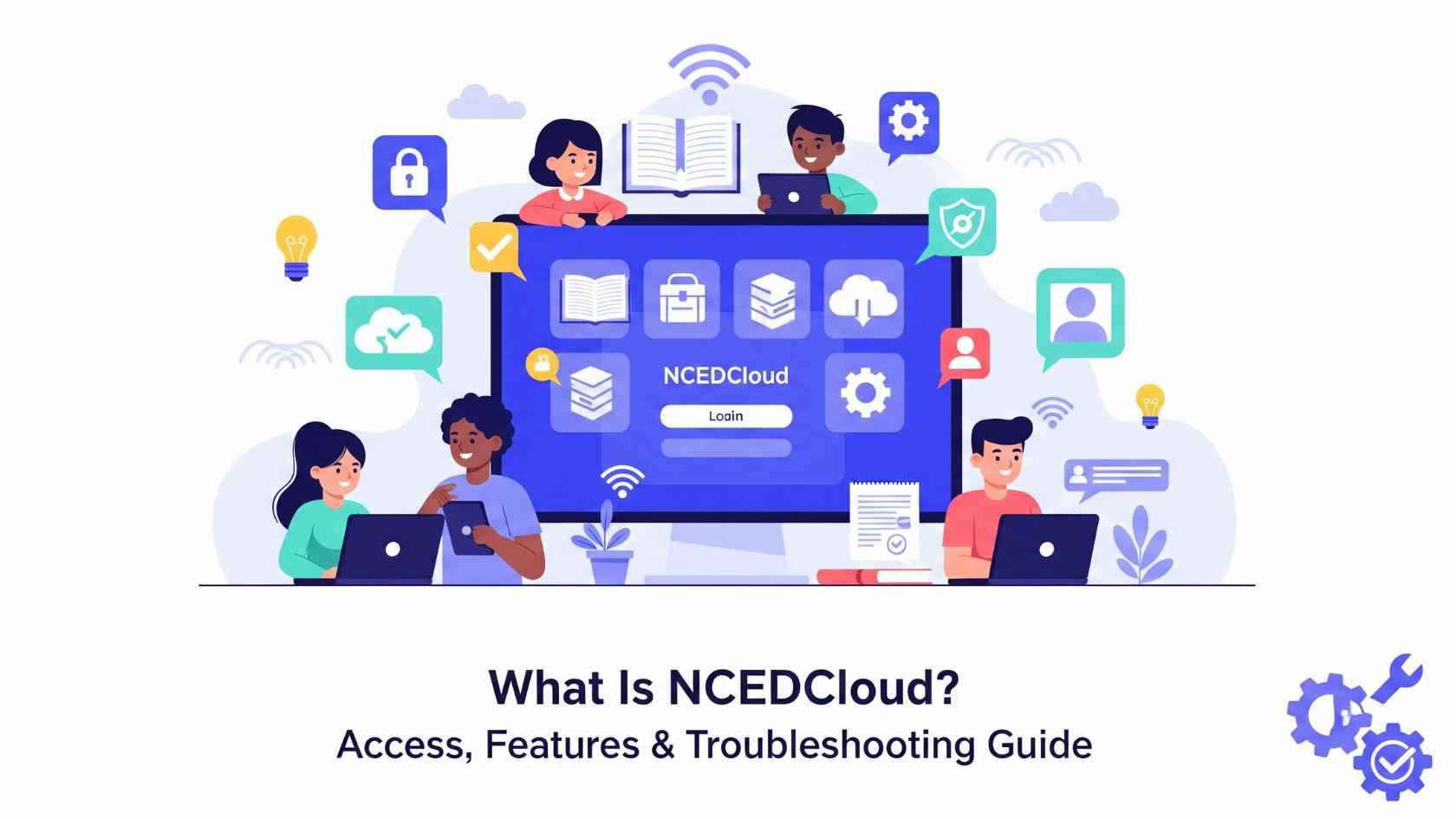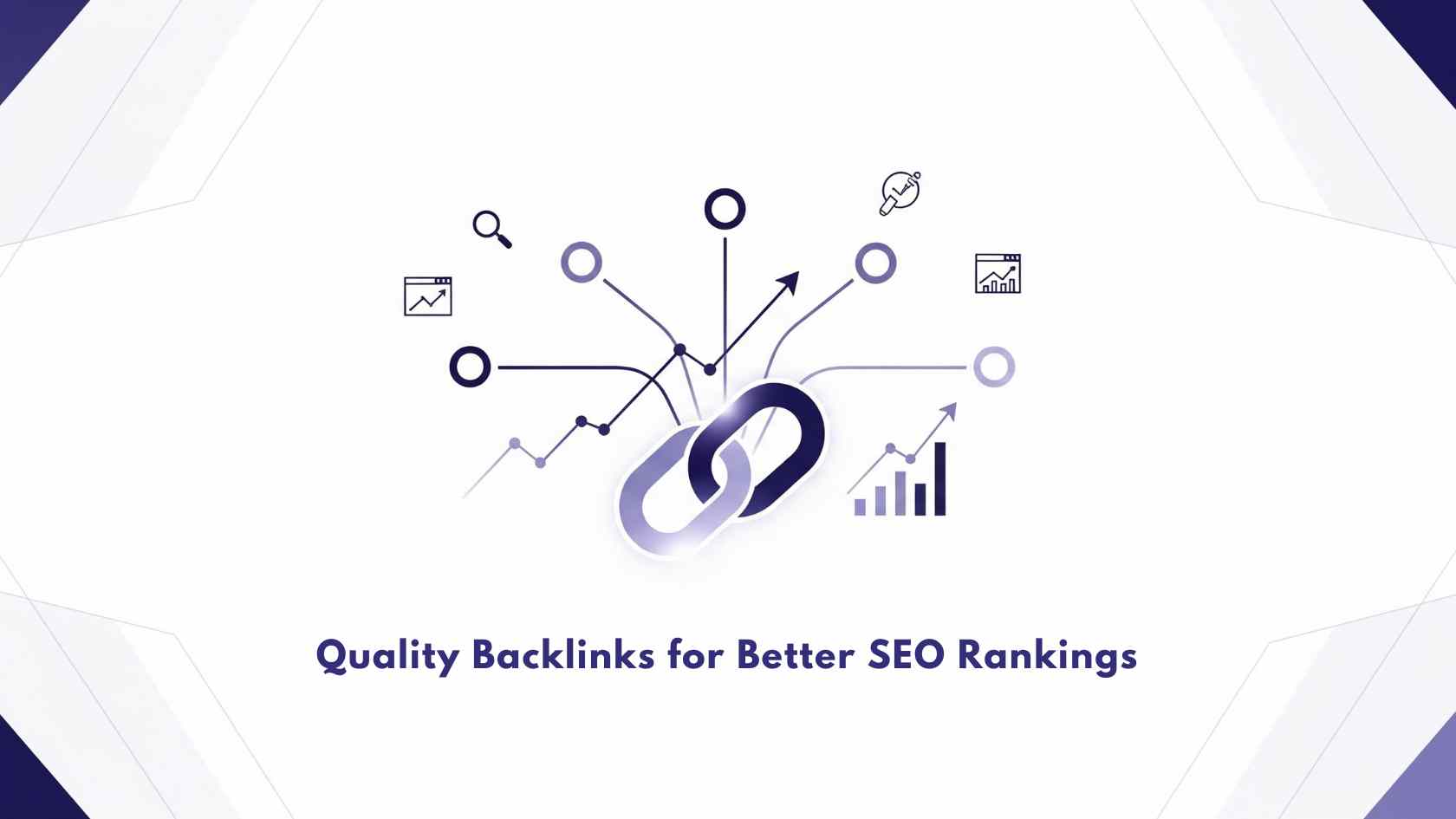For many organizations, the employee experience still hinges on delayed reactions—annual engagement surveys, sporadic one-on-ones, and retrospective reviews that rarely reflect the present moment. But the modern workplace moves fast, and so do people’s needs. If you want to support your team, waiting months to hear how they’re doing simply isn’t enough. That’s why tools like HeartCount employee experience software are changing how companies connect with their people, by making real-time feedback not just possible, but effortless.
Transforming Employee Experience with Real-Time Feedback
From One-Way Surveys to Ongoing Conversations
Traditional feedback methods often operate like a one-way mirror: employees provide information, but rarely see anything reflected back. These static processes tend to feel transactional, especially when nothing changes after a survey is submitted. Over time, that leads to disengagement—not just from the survey itself, but from the idea that feedback matters at all.

Real-time feedback shifts this dynamic completely. Instead of occasional forms or impersonal assessments, teams use short, consistent prompts to check in regularly. These check-ins open a dialogue rather than closing a file. When employees know their input is being seen, heard, and acted on quickly, it builds trust and boosts their willingness to speak up again.
Making the Invisible Visible
A key advantage of real-time feedback is its ability to surface issues that might otherwise stay hidden. Whether it’s burnout, interpersonal tension, or a breakdown in communication, problems rarely start with big events—they start with small signals. But when there’s no safe or easy way to share those signals, they build up quietly.
By providing a simple and consistent feedback loop, real-time tools help managers catch those early indicators. This isn’t about constant surveillance—it’s about giving employees the space to say, “Something feels off,” before it becomes a larger issue.
This kind of insight also works in reverse. Positive patterns and small wins that might go unnoticed can be amplified. You’re not just solving problems—you’re reinforcing what’s working.
Building a Culture of Responsiveness
Real-time feedback doesn’t just give you more data. It invites a new rhythm into your organization—one where listening becomes part of the daily flow, not a quarterly project. When that rhythm is in place, something powerful happens: employees stop waiting to be asked how they feel. They begin to expect that someone is paying attention.

That expectation, when met with real follow-up and communication, strengthens culture. It communicates that well-being is not just a value on a poster, but a lived experience.
Responsiveness doesn’t mean reacting to every single comment. It means recognizing patterns, taking small actions, and closing the loop. Even when a change can’t be made, letting employees know that their voice matters makes all the difference. Recognizing employee input doesn’t always have to be verbal—sometimes, a thoughtful gesture goes a long way. Offering premium gifts for employees can serve as a tangible way to show appreciation and reinforce a culture that values engagement and contribution.
Empowering Managers With the Right Signals
Managers are often asked to “stay connected” with their teams, but they don’t always have the tools or time to do it well. Real-time feedback software supports them with timely signals that help them lead better, without adding another meeting to the calendar.
Instead of relying on assumptions or waiting for things to go wrong, managers can spot trends in team sentiment and adjust their approach as needed. This might mean offering support to someone feeling overwhelmed, recognizing someone’s extra effort, or even shifting how information is shared to reduce confusion or stress.
It also helps leaders who manage remotely or across distributed teams, where casual check-ins and body language aren’t always available. Real-time feedback bridges that gap.
Encouraging Honest, Ongoing Participation
One of the most underrated benefits of real-time feedback systems is that they lower the emotional and cognitive load of giving feedback. Because the check-ins are short, informal, and often allow for anonymity, employees feel freer to be honest without fear of judgment. Over time, this creates a cycle of safe participation. The more employees see that their input matters and doesn’t result in negative consequences, the more likely they are to continue sharing. That’s the foundation for a truly engaged team.

Instead of a few brave voices dominating feedback conversations, you start hearing from more people—people who may have stayed silent in traditional settings.
Making Feedback a Natural Part of Work
When feedback is woven into the everyday flow of work—rather than siloed in HR processes—it becomes a tool for continuous improvement, not just an evaluation metric. Teams learn faster. Leaders adjust sooner. Individuals feel more supported.
This doesn’t require dramatic overhauls or new layers of process. With the right tool, it can be as simple as a weekly check-in, a single open-ended question, or a sliding scale that takes five seconds to answer. What matters is the consistency, and what you do with the answers.
Also Read: Most Effective Lead Generation Tips for Tech Startups in 2025
The Ripple Effect of Real-Time Connection
When organizations commit to real-time feedback, they don’t just get better data. They get stronger relationships, clearer communication, and a deeper sense of alignment between people and purpose.
Employees feel seen. Managers feel equipped. HR gains visibility without needing to chase down reports. And over time, the organization builds a culture that values people not just in principle, but in practice.
That’s the kind of workplace people want to stay in—and the kind that grows stronger from the inside out.










